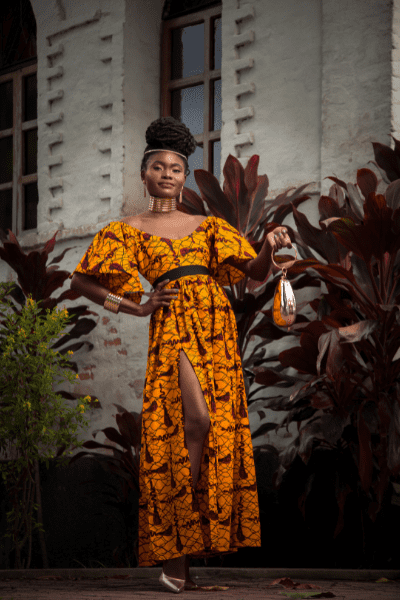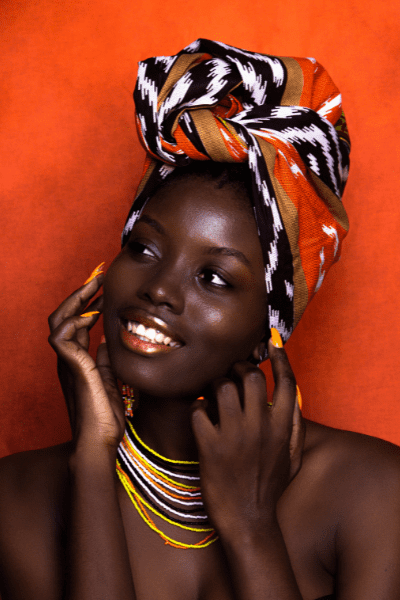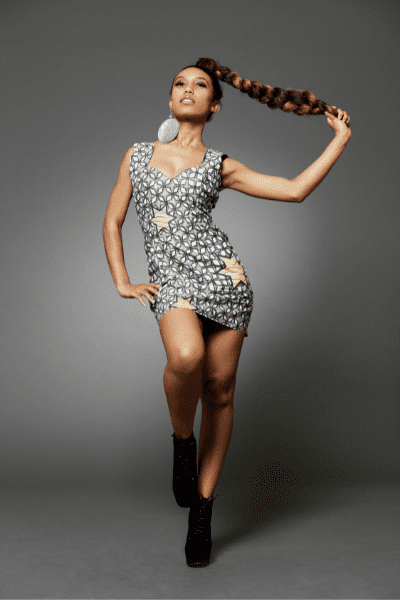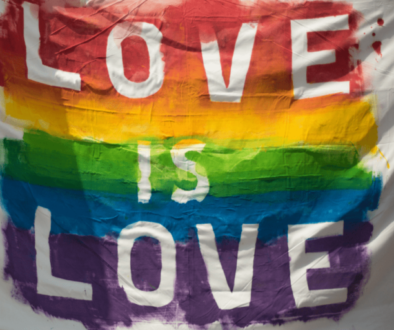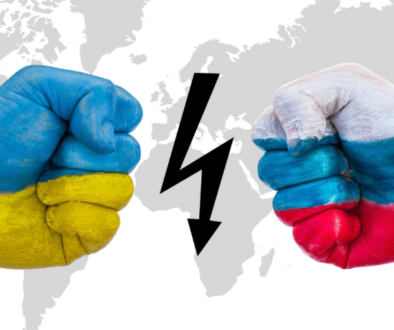Africa-the land of fashion and history

Africa has always been an extremely fascinating continent. Home to more than 1.2 billion people, its mix of various cultures and traditions is an unimaginably rich source of inspiration. Artists, poets, painters, and musicians – all discovered its captivating charms and hidden mysteries. Yet, in this article, we aim to cover a different story – The story of African fashion, the way it was centuries ago and the way it is today, and how they are spreading its dominance across the fashion world.
A short story about the evolution of clothing.
African clothes represent many cultures belonging to hundreds of ethnic groups. That’s what makes them so interesting and unique. In the early days, the first clothes consisted of furs, skins, and bark cloth and were completed by garments, indicating for example social status. As humans moved on, so did the fashion and new materials, such as seashells, bones, metal or feathers appeared and came to be used as adornments. Colors especially had great importance when distinguishing one tribe from another.
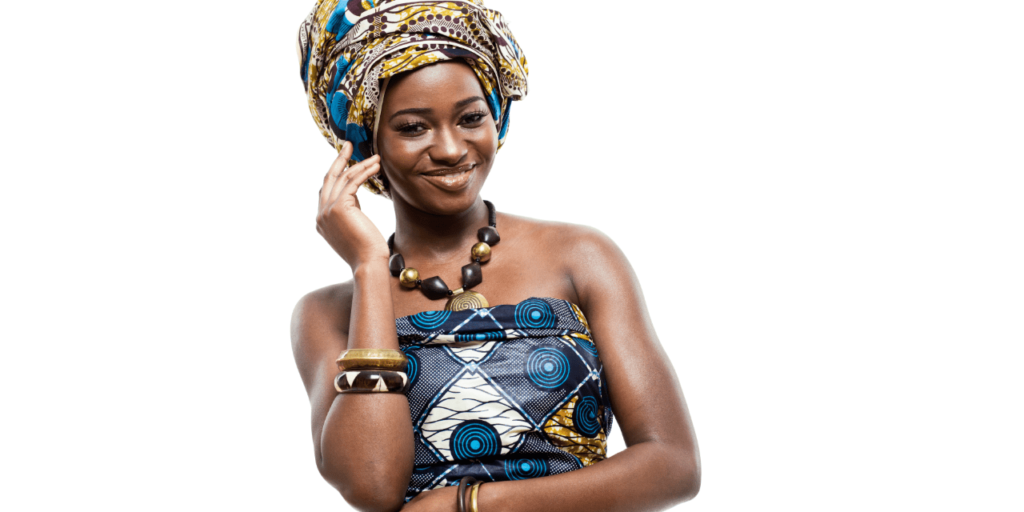
Later, as the first contact between Europe and Africa was established, buttons and beads arrived. Materials such as cotton, silk, and wool gained more popularity and the technique of wax prints, originally used in Indonesia, found its way to the continent through maritime trade routes. Western influence was increasing too, but fortunately, the beauty of African culture and traditions remained.
Make fashion BOOM worldwide.
African designers reached the international fashion podium for the first time in the early 1990s. In fact, it was thanks to Lamine Badian Kouyaté, a Senegalese-Malian man, who launched his brand Xuly Bet in 1989. Meaning “open your eyes wide” in Wolof language. His first fashion show took place in the Tuileries palace, Paris. He was awarded The Creator of the year by New York Times in 1994, and part of his collections was also exhibited during the Africa 2005 exhibition at the Victoria and Albert Museum in London. In 2018, his creations could be seen at the African Metropolis exhibition at the MAXXI Museo in Rome.
Xuly Bet, one of the most famous African brands, focuses on reusing recycled fabrics and materials which are stitched or reshaped together during a process called upcycling. Inspired by the founder’s childhood memories of his grandmother reshaping clothes for him and his brothers, the concept emphasizes African heritage and embodies an ecological approach to fashion.
Nowadays, Mr. Kouyate is a regular partner of the New York Fashion Week and lives in Paris. His successful designs, most recently Autumn/Winter 2021, continue to impress the world of fashion. And more importantly, he continues to dress it in colour. As he said in an interview with the British Vogue, describing his brand – “It’s about bringing colorful things to make it more powerful and joyful.”
The International Festival of African Fashion.
Another big event for the African fashion world kicked off in 1998, with the help of the Nigerian designer Seidnaly Sidhamed, known as Aphaldi. This Magician of the Desert has worked with brands such as Yves Saint Laurent, Paco Rabanne or Christian Lacroix and was declared ambassador of peace in 2016 by Unesco.
The International Festival of African Fashion he helped to establish, seeks to promote African culture, connect different ethnic groups and communities, and increase economic activity. Some of the previous festivals took place in the Sahara Desert in Niger, the same as the latest festival in December 2021. The festival has contributed to the birth of various fashion weeks, such as those in Lagos, Dakar, and Johannesburg.
This year put the spotlight on Sun Alejandro, a Rwandan designer based in Gabon. His collection was influenced by the Bantu culture. Panther prints were one of the most visible patterns used, as the panther is an extremely important animal for Gabonese culture, symbolizing strength.
African fashion today.
Today, more and more African designers brighten the international fashion scene with their extraordinary pieces. Names like Panthé´O, who used to dress Nelson Mandela and the Moroccan King Mohammed VI, or Douro Olowu, whose creations were regularly seen on Michelle Obama, stimulate respect and admiration.
The future of African fashion is sure to gain even more world recognition, as the new generation of young designers is growing rapidly. Kenneth Itze, Thebe Magugu, Imane Ayissi, and many more, seek to sway the new trendy and leave their mark on the scene. We are looking forward to seeing them turn their ideas into reality.
Sources:
Stephen Smith, Jean De La Guérivière, ed. (2021), L’Afrique – 2,5 milliards de voisins en 2050, Editions TallandierAuthor: Sofia Ontkovičová

